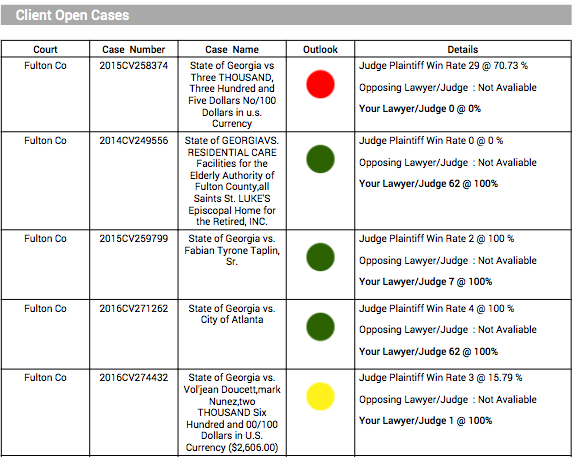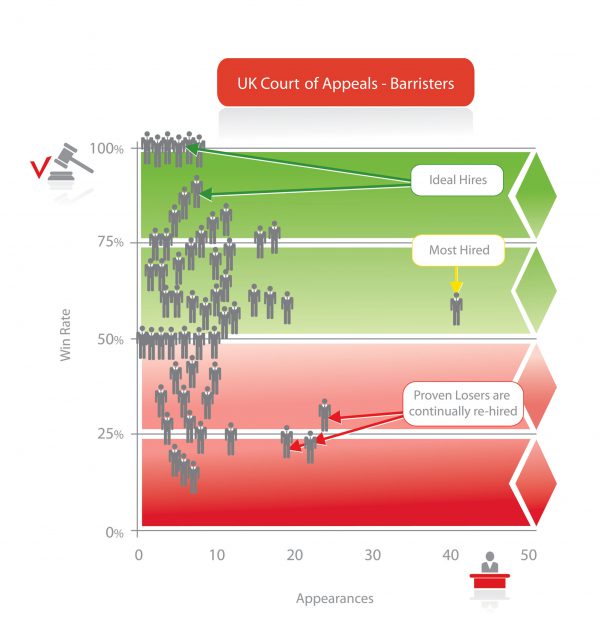Insurance Claims, Data and Seeing into the Future
Insurance Claims, Data and Seeing into the Future

For as long as we’ve had a sense of history, philosophers and coiners of clichés have remarked on the tendency of events to reoccur: history repeating itself; the more things change, the more they stay the same; what goes around, comes around etc …
Whether you buy into cliches or not, those ancient hunches have proven prophetic with the arrival of big data and predictive analytics. No sector emerges unchanged when the “crystal ball” of big data digs out previously unseen patterns and truths and so it is, that increasing numbers of insurance claims managers are using data insight about the past, to prepare for the future.
The language of statistical analysts has given birth to its own ways of expressing historical trends. You may have heard the term “regression toward the mean” thrown around here and there, for example. In layman’s terms, the principle of regression toward the mean basically means that most things tend to even out over time: people in any profession will over-perform on some days and underwhelm on others, but over time it’s possible to get a sense of what kind of performance they can deliver consistently.
Many insurance claims managers already use sophisticated software modeling based on ideas like regression toward the mean to help them calculate policies and premiums, but the savviest amongst them are broadening the scope of how data can help them handle wider issues including litigation management.
There has now emerged legal analytics solutions that enable claims managers to play “Moneyball” with their litigation management. Analytics show the past performance of lawyers in concrete statistical terms: winners and losers, those who close cases quickly and those who dawdle, those who score decisive settlements for their clients and those who just eke by.
Suppose a colleague has tipped you off to an attorney who has recently won a high-profile case. How can you tell whether that success is a one-off fluke or business as usual? An open case report, like those offered by Premonition, lets claims managers triage claims by taking a deep dive into a lawyer’s track record, both recent and historical. Those who have won a high percentage of their cases, by and large, will continue to do so. As for those who haven’t amounted to much over the years, it’s probably better to let them become someone else’s reclamation project.
Of course, lawyer’s aren’t the only ones with histories, glorious or checkered. The venue where a claim will be decided, and the judge upon the bench, have their own tendencies that can have a decisive impact on the final decision.
Litigation analytics factor this data into creating groundbreaking transparency about the legal system, the runners, and riders, winners and losers. Combined with insights into the past performance of the claimant and insurer’s respective representation, open case reports streamline thousands of variables into three possible outcomes: green light, yellow light, red light. Just like traffic lights, they tell you when to proceed with confidence, when caution is warranted and when you should absolutely stop (or, in claims terms, offer a settlement).
So those old sages were right, those who can recall history can turn that knowledge into a very, very unfair advantage.
Curious claims managers can drill deep and discover where future problems might emerge. Which cases are worth supporting and which need folding.
If data can conclusively illustrate that your supposedly stellar lawyer has had a rough ride with the particular judge trying your case, you might want to consider a motion for change of venue or, start re-considering whether it’s time to find a new attorney, with more impressive performance metrics in front of that particular judge.
This is how history can shape the future. How data can transform the litigation management process.







